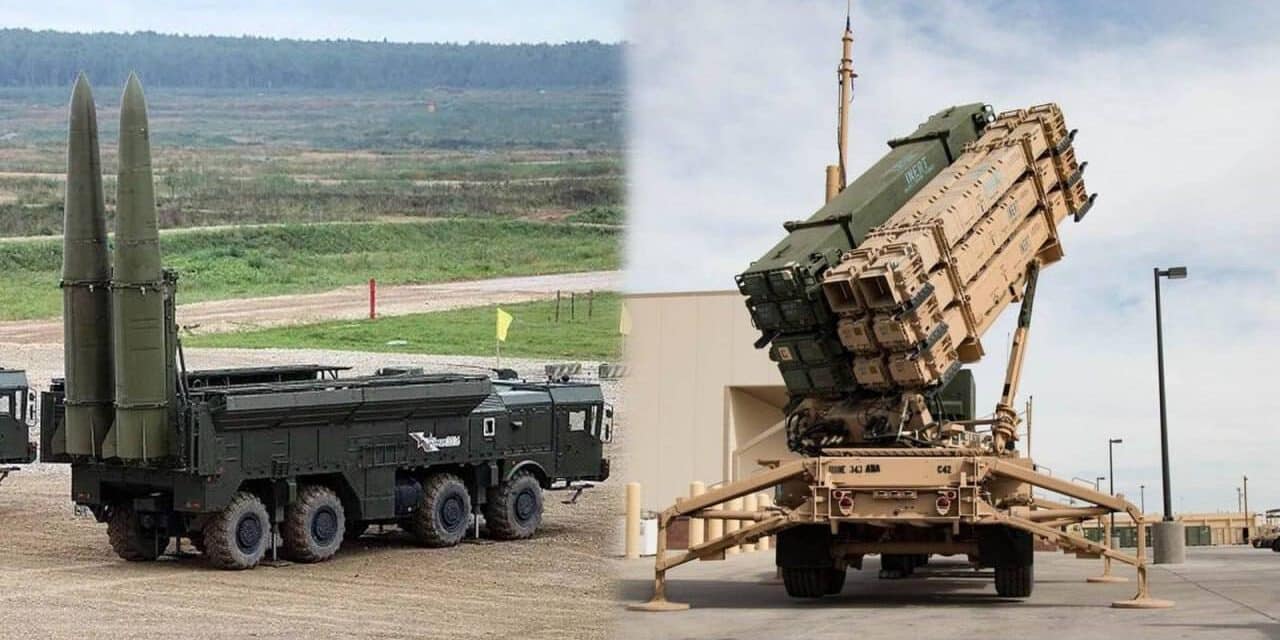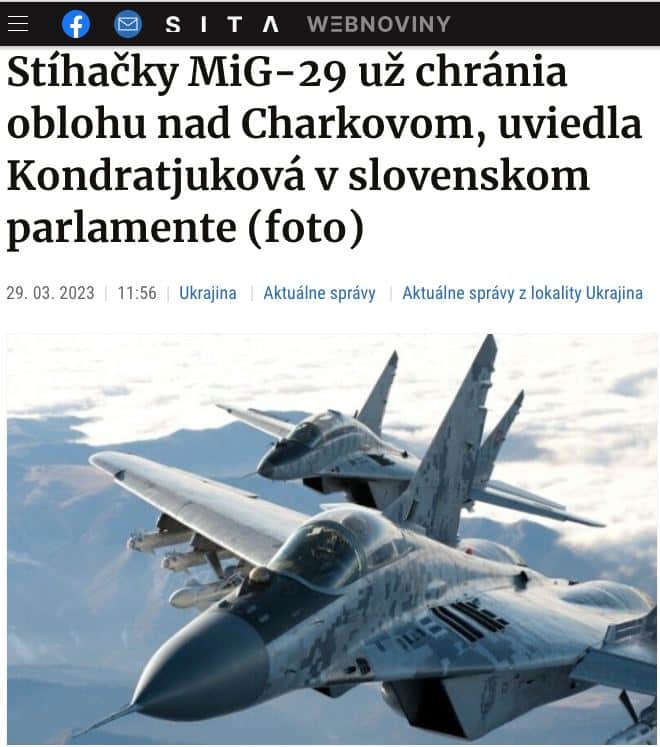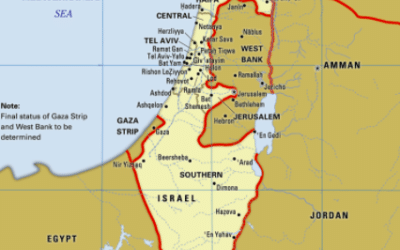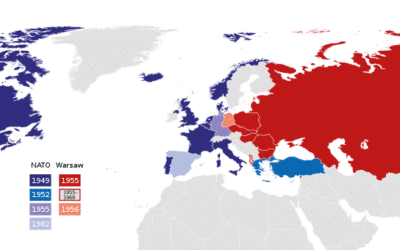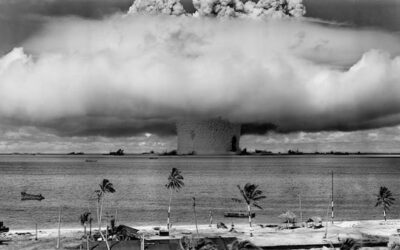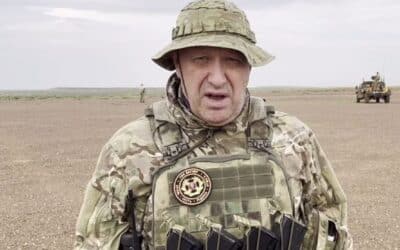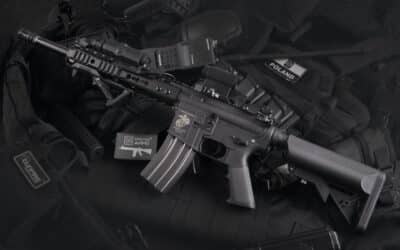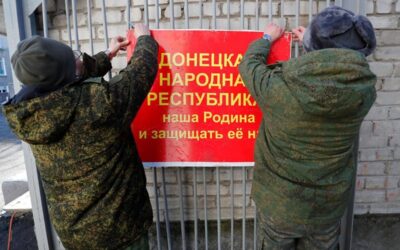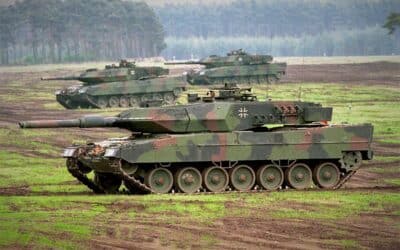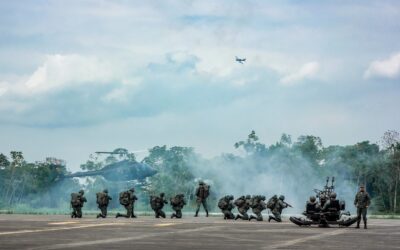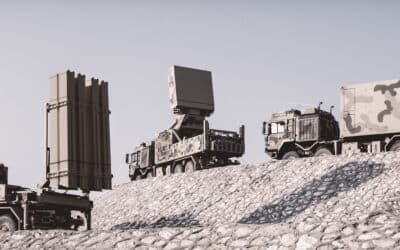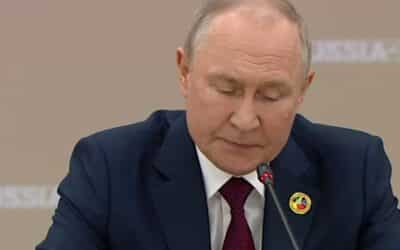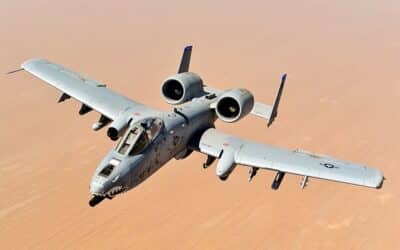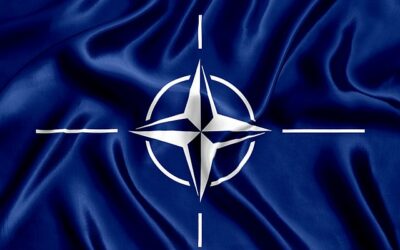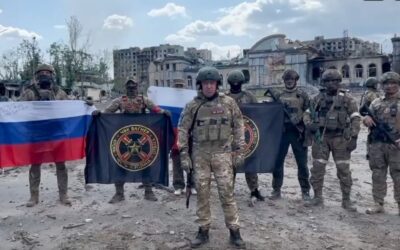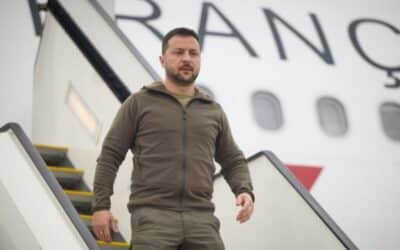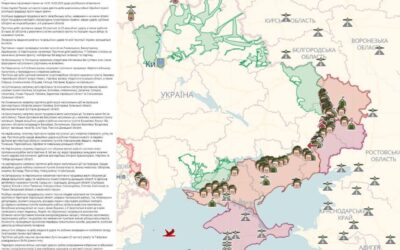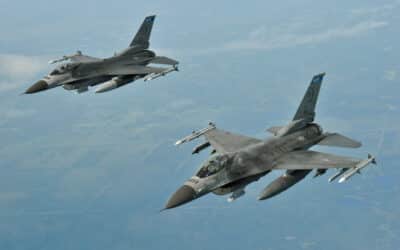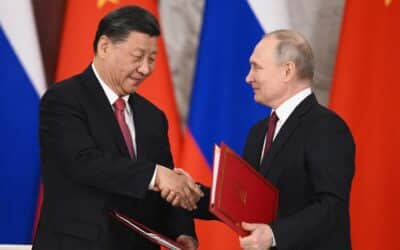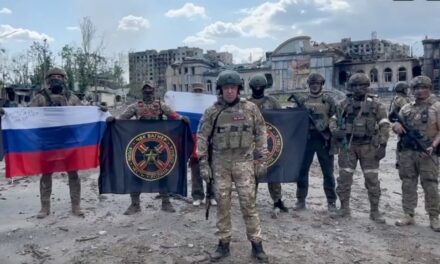Nuclear weapons in Belarus are not as scary as Lukashenko’s propagandists try to present them!
Despite the high power of modern tactical nuclear charges, which can be ten or more times more potent than bombs dropped on Japan in 1945, the actual threat to Ukraine and other European countries is not that great. TNW air-based is limited not by the combat radius of the Su-25 ground attack aircraft, as some experts write, but by its inability to go beyond the front line (border).
This is a very vulnerable carrier in front of air defense systems and fighters, and the bomb needs to be delivered directly to the target.
The only real danger is posed by the Iskander missile system, which can deliver a nuclear charge over a long distance with a warhead of up to 50 kt (Nagasaki – 21 kt).
However, despite the declared range of the complex being 500 km, no confirmed cases of the Iskander striking beyond 300 km have been recorded. However, even this threat can be neutralized by the deployment of Patriot PAC3 air defense systems, which will soon arrive in Ukraine.
Statements from the Kremlin about the deployment of nuclear weapons in Belarus are designed to solve four problems:
⁃ A little threat to the West on the eve of and during the NATO summit in Vilnius this summer, where participants will consider critical decisions;
⁃ Public quarrel with China;
⁃ Additional control of Belarus by Russian troops;
⁃ Game against the Belarusian-Chinese Union.
There is nothing new in this, except for a public quarrel with China.
A few days ago, Putin and Xi Jinping signed the final document of the negotiations, declaring the non-proliferation of nuclear weapons and the inadmissibility of their transfer to third countries. This is what Beijing voices in its “peace plan.”
And suddenly, the decision to store tactical nuclear weapons in Belarus.
This means that Putin and Xi have yet to agree on anything.
Putin’s game of raising the stakes has its limits. But, unfortunately, almost all of them have already been passed.
When everyone gets tired of his games with nuclear threats, the West, China, and Russian elites can unite against Putin.
And quickly resolve the issue of nuclear and other security in the world.
The Kremlin leader is moving toward this scenario by leaps and bounds.
It has been officially confirmed that Su-25 ground attack aircraft will be equipped with tactical nuclear weapons.
Although the Su-25 was among the options, most experts expected the installation of tactical nuclear weapons on Su-30 fighter jets. Therefore, pilots from the 116th Ground Attack Aviation Base in Lida were trained to use TNW. Since aviation nuclear weapons are usually stored at airfields, the TNW is expected to be located in Lida, although other options are possible depending on the availability of infrastructure.
The Su-25 ground attack aircraft can only operate with special ammunition installed on free-falling bombs. The Su-25 is a subsonic and vulnerable aircraft designed for direct troop support.
The war in Ukraine testifies to the high losses of aircraft of this type and their need to fly at low altitudes. A nuclear bomb cannot be dropped far away; pilots must reach the target directly. This makes the possibility of using Russian TNW by Lukashenko’s troops extremely inefficient.
Slovak MiG-29SA aircraft are already protecting the skies over Kharkiv – media.
Deputy Head of the Verkhovna Rada of Ukraine Elena Kondratyukova stated during her speech at the National Council of the Slovak Republic that the fighters are already protecting the skies over Kharkiv.
The politician also thanked Slovakia for all the assistance provided since the beginning of the full-scale invasion of Ukraine by the Russian Federation.
Defense Express adds that the Slovak fighters are helpful because they underwent modernization in the 2000s. For example, western-made electronics and navigation systems were installed on them, and the pilot’s monitors were replaced with more modern ones.
So, who would win in a hypothetical fight between SU-25 vs F-16?
Generally speaking, the F-16 is considered a more advanced and capable fighter aircraft than the SU-25. The F-16 has better avionics, sensors, and weapons systems, as well as superior speed and altitude performance. The F-16 is also more maneuverable and has a better combat radius, meaning it can operate longer distances from its home base.
On the other hand, the SU-25 is designed primarily as a close air support aircraft, which is optimized for low-altitude, slow-speed operations to support ground troops. It is heavily armored and can withstand significant battle damage, but it is slower and less maneuverable than the F-16.
In a hypothetical fight, if the F-16 can engage the SU-25 beyond the range of the SU-25’s anti-aircraft weapons, it would have a significant advantage. However, if the SU-25 can engage the F-16 at close range, it may have a chance to inflict damage due to its heavier armor and firepower.
Related Articles
10 Best Handguns for Self-Defense
When it comes to...
The Truth About Sanctions: Why Don’t They “Work”?
In 2022,...
History of Israel-Palestine Conflict
Israel and...
After the WAR initiated by HAMAS on October 7th, the Middle East will not be the same
On the -th of...
The Israeli army is prepared for an offensive on the Gaza Strip, involving attacks from “air, sea, and land.”
The IDF (Israel...
War in Israel: Current Developments – Video
Rafah...
Russia vs USA: Who Would Win in a Potential War?
In the...
NATO vs China: Who Would Win in a Potential War?
In the realm of...
11 Best Assault Rifles in the World
Welcome to a world...
Yevgeny Prigozhin (Wagner founder) is dead
According...
What You Need to Know About Joining NATO
Has any country...
Terrifying Realities of a Potential Nuclear War
The Devastating...
What to Do in Case of a Nuclear Attack
What to Do in Case...
11 Strongest and Most Powerful Navies in the World
When it comes to...
The Most Powerful Nuclear Weapons
The sheer power...
Understanding the Nature of War – The Clash of Wills
War is the...
Ukrainian Defense Forces Celebrate One-Year Anniversary of Kherson Region Liberation
Around one year...
Prigozhin First Video Speech After Unsuccessful Uprising
Following a recent...
11 Best Sniper Rifles in the World
Important Factors...
What is Russia saying about the war in Ukraine, Episode 1
Did you ever...
13 Most Powerful Weapons in the World
Weapons of immense...
What is Happening in Russia, Episode 3
Welcome to the...
What is Happening in Russia, Episode 2
Have you ever...
10 Strongest Tanks in the World
Tanks represent...
10 Strongest Armies in the World
When it comes to...
Putin: We cannot stop the fire when they advance on us!
Putin ten...
10 Best Air Defence Systems in the World
Image:...
Alexei Navalny Letters From Prison
Image:...
Ukraine’s Struggle for Survival and Western Dependency
Ukraine has long...
What is Happening in Russia, Episode 1
Have you ever...
10 Strongest Fighter Jets in the World
Image:...
10 Strongest NATO Members
Image:...
Mobilized Soldiers Expose Dire Conditions and Neglect in Deployment to Luhansk
source:...
Why is everything so poor and sad in Russia?
Image:...
Tensions Escalate in Northern Kosovo as Serbian President Mobilizes Army
Image:...
Putin’s Russia and the Need for a Fresh Security Approach in Europe
Image:...
DeSantis Declares Presidential Bid with Elon Musk
Image:...
Russian military personnel shelled the Zaporizhia Nuclear Power Plant
Image:...
Prigozhin Revelations The Truth Behind the Capture of Bakhmut
Image:...
President Zelensky Visit G7 Turning Point in Russia-Ukraine War
Image:...
Turning a Blind Eye No More: Zelensky’s Bold Stand Against Crimean Annexation
Unfortunately,...
Navigating the Fluidity of War and Geography: Insights and Strategies
War is Geography:...
Latest Updates on Russian Invaders’ Activities in Occupied Territories
Russian Invaders...
US Denies Ukrainian Pilots Training on F-16 Fighter Jets
Complexities of...
West Strong Support for Ukraine’s Recovery and Containment of Russia
Kremlin's Failed...
Ukraine Supreme Court Chairman Confronts Allegations of Blatant Bribery
Vsevolod Knyazev...
Gold Coin Treasure from Alexander the Great Era found in Annexed Crimea
Crimea's Hidden...
Rishi Sunak Hails Zelenskyy as a Modern-Day Churchill
Volodymyr...
The Moral Factor in War: Ukraine’s Key to Victory
"We were actively...
The West’s Triumph in the New Cold War: Technology of Freedom Wins Out
The Chinese leader...
